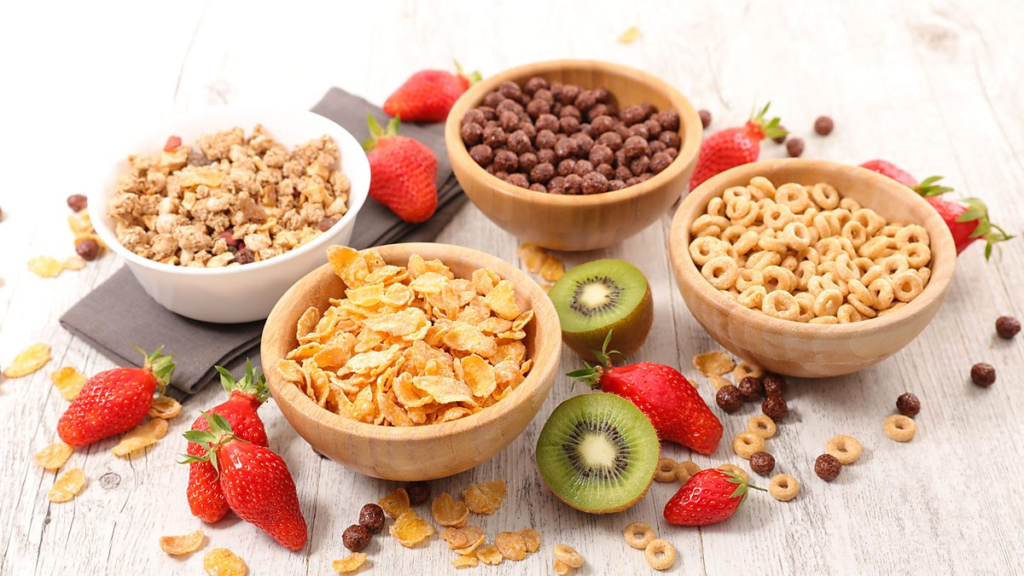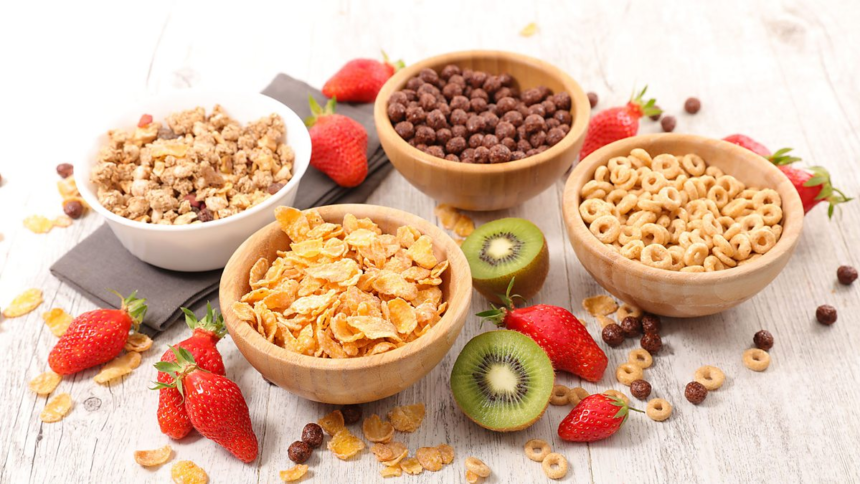Introduction
Breakfast cereals are a morning staple in millions of homes, but how healthy are they really? With colorful packaging and bold health claims, cereals often seem like a smart choice. However, many options are packed with hidden sugars and refined grains. In this blog, we’ll uncover the truth about breakfast cereals’ health impact and help you make better choices for your morning routine.

1. Not All Breakfast Cereals Are Created Equal
While some cereals are rich in fiber and whole grains, others are little more than sugar-coated processed foods. Brands may advertise terms like “whole grain” or “low fat,” but the ingredient list tells the real story. Look for cereals with whole grains listed first and minimal added sugars.
2. Sugar Content Can Be Shockingly High
According to a CDC report, some breakfast cereals contain as much sugar per serving as a dessert. Many popular brands targeted at children have over 10 grams of sugar per serving, contributing to obesity and other health risks.
3. Fiber Is the Key to a Healthier Choice
High-fiber cereals promote digestion, regulate blood sugar levels, and keep you full longer. Aim for cereals that offer at least 3-5 grams of fiber per serving. Options like bran flakes, oatmeal, and shredded wheat typically deliver better nutrition compared to highly processed choices.
4. “Whole Grain” Labels Can Be Misleading
Products labeled “whole grain” might still be heavily processed and low in nutritional value. Always check for 100% whole grains on the ingredients list, not just vague marketing terms. Whole grains offer more fiber, vitamins, and minerals compared to refined counterparts.
5. Breakfast Cereals Can Be Part of a Balanced Diet
Choosing a healthy cereal and pairing it with nutrient-rich foods like milk, yogurt, or fresh fruits can create a balanced breakfast. Look for cereals fortified with essential nutrients like iron, calcium, and B vitamins to boost your morning nutrition.
6. Portion Size Matters More Than You Think
The serving size listed on cereal boxes is often smaller than what people actually pour into their bowls. Measuring your cereal portions can help you avoid accidentally consuming excess calories and sugars.
7. Homemade Alternatives Offer Maximum Control
Making your own breakfast cereals, like homemade granola or overnight oats, gives you complete control over ingredients and sugar levels. DIY options allow for healthier customization and fewer processed additives.
Conclusion
So, how healthy are breakfast cereals? The answer depends largely on the brand, ingredients, and portion sizes. While some cereals can be nutritious, many are loaded with sugars and processed grains. By reading labels carefully, prioritizing fiber, and watching your portions, breakfast cereals can still be part of a healthy lifestyle.
Want more nutritious breakfast options? Check out our guide to healthy breakfast ideas here!









